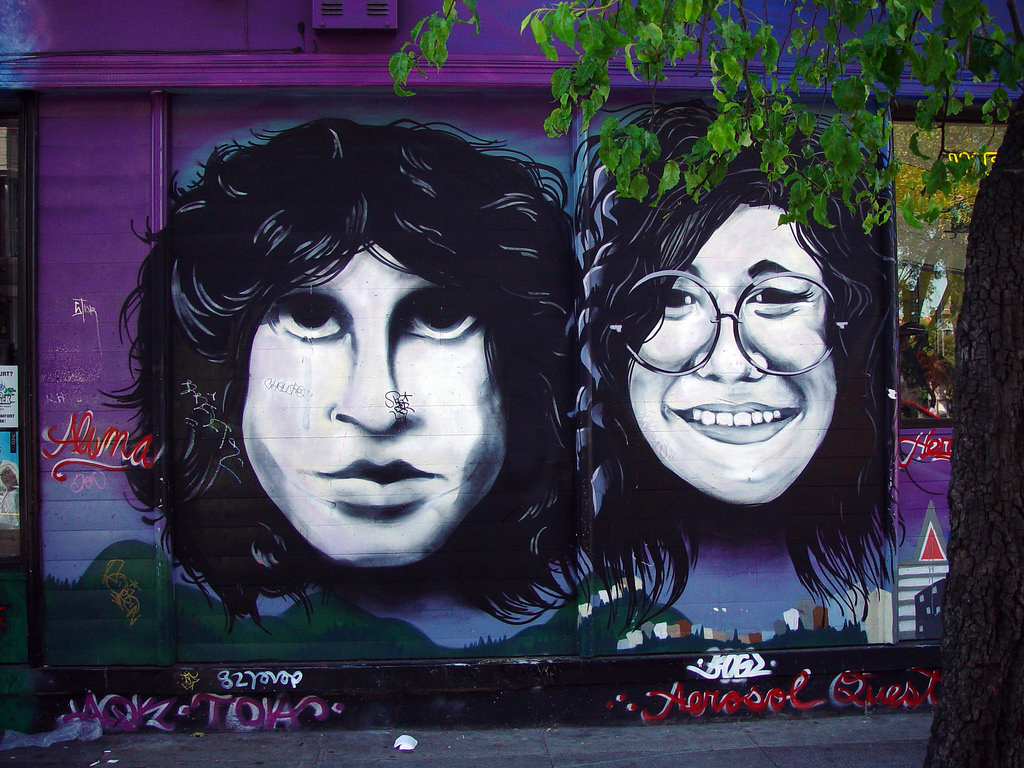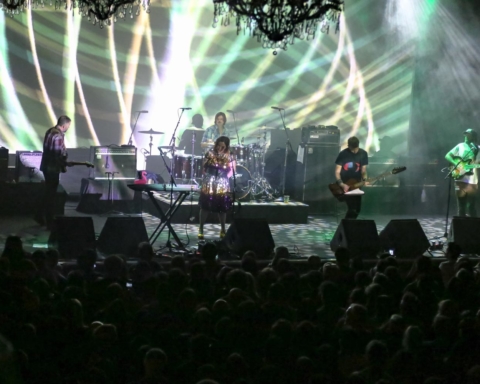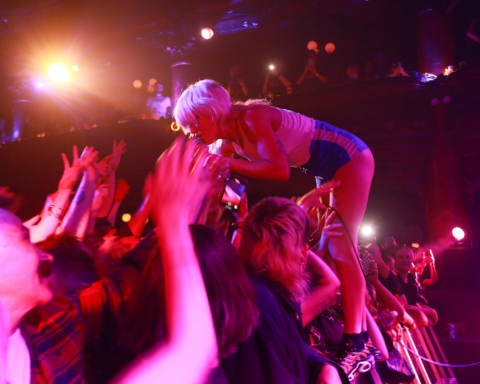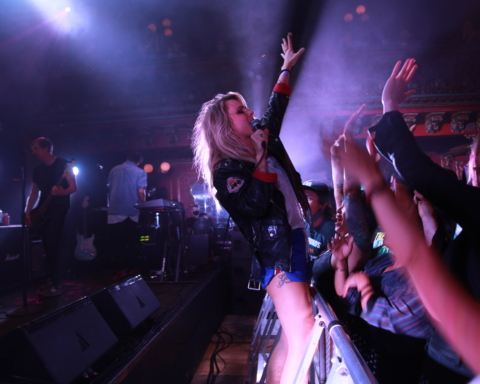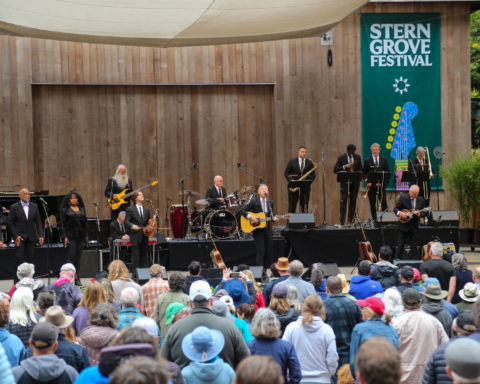The San Francisco music scene is one of the most famous in the United States, if not the whole world. We are certainly proud to be able to claim to be the home of a music scene that has given the world such diverse, long-ranging, and influential musical acts such as Journey, the Grateful Dead, Jefferson Airplane, Janis Joplin, Dave Brubeck, Sylvester, Boz Scaggs, the Steve Miller Band, and Etta James.
Tony Bennett made it famous for leaving his heart there, while Scott MacKenzie said to wear flowers in your hair there. Well, we don’t all wear flowers in our hair, but we certainly take pride in the preservation of a lot of sites within the city that have historical and musical significance. Some of them are open to the public, while others are privately owned. Hopefully, at least one of them will be a part of your next visit to San Francisco.
The Haight-Ashbury district is the one place that was most associated with peace, love, and everything else that made the late 1960s so unique in American history. More than fifty years have passed since the Summer of Love, and the neighborhood today plays home mostly to vintage clothing and music stores along with some restaurants, convenience stores, and private homes.
1. The Janis Joplin House
First on our list of the San Francisco music landmarks that rock ‘n’ roll fan needs to see is Janis Joplin’s house at 635 Ashbury Street. It’s a private residence, so you can’t go in, but you can walk by it and look at it from the outside.
2. The Jimi Hendrix House
San Francisco also used to play home to Jimi Hendrix, whose former house still stands on 1524A Haight Street. A bit further away at 2400 Fulton Street but still in the same vein is the house where Jefferson Airplane recorded some of its most legendary albums and threw some of its most legendary parties. Meanwhile, at Justin Herman Plaza, you can see Vaillancourt Fountain, the site Bono sprayed with graffiti at U2’s legendary “Save The Yuppies” concert in 1987.
3. The Grateful Dead House
However, there is no house in the San Francisco music scene that compares to the Grateful Dead house at 710 Ashbury Street. On October 2, 1967, the police caught several of the band members with a pound of cannabis between them and took them in for possession. This is not open to the public, but it is worth visiting as an example of how our attitudes have changed over the years. Things are a little bit more relaxed here since the passage of Prop 64 made cannabis use legal for adults in the state of California. Just be discreet about where you smoke and always remember to pass the dutchie on the left-hand side.
4. The SF Jazz Center
Of course, there was music in San Francisco long before there was rock ‘n’ roll. One of the newest San Francisco music landmarks is devoted to its history and preservation: the SFJAZZ Center on the corner of Fell and Franklin Streets. Not only does it provide a concert space for new and legacy jazz artists, but it educates about its history and its role in shaping African-American culture. Every year, it plays host to the San Francisco Jazz Festival, which over three decades has become one of the world’s leading jazz showcases.
5. The Fillmore
If you actually are interested in seeing today’s top live music acts rather than just looking at music landmarks of days that have long since passed into memory, then head over to The Fillmore Theatre on 1805 Geary Blvd to see some of today’s best up-and-coming rock musicians, just as it was back in its 1960s heyday when Bill Graham was its main promoter.
6. Amoeba Records
In an age where music downloading and streaming is more commonplace than ever, it may shock you to know that there are still some great places to buy physical media. Amoeba Music on 1855 Haight Street has been around for decades. It is more than just a music store. It also sells movies. Even more than that, it hosts live concerts.
The list is long for musical landmarks in San Francisco, and on there are clubs like The Great American Music Hall, which has been open since 1907, on 859 O’Farrell Street, or Feinstein’s at the Nikko on 222 Mason Street. In that same vein, you might also want to give one of the city’s piano bars a chance, from Martuni’s on Valencia Street to the Sheba Piano Lounge in the Fillmore. For years, they have been serving as meeting places for gay and African-American San Franciscans of all generations.
The city of San Francisco is rich in culture and history, both old and new. Music landmarks such as these are part of what makes the San Francisco music scene unrivaled among American cities not only in its reputation and influence on new musicians and as a force for cultural evolution.
Photo courtesy of CC/Flickr by Rick Washere

